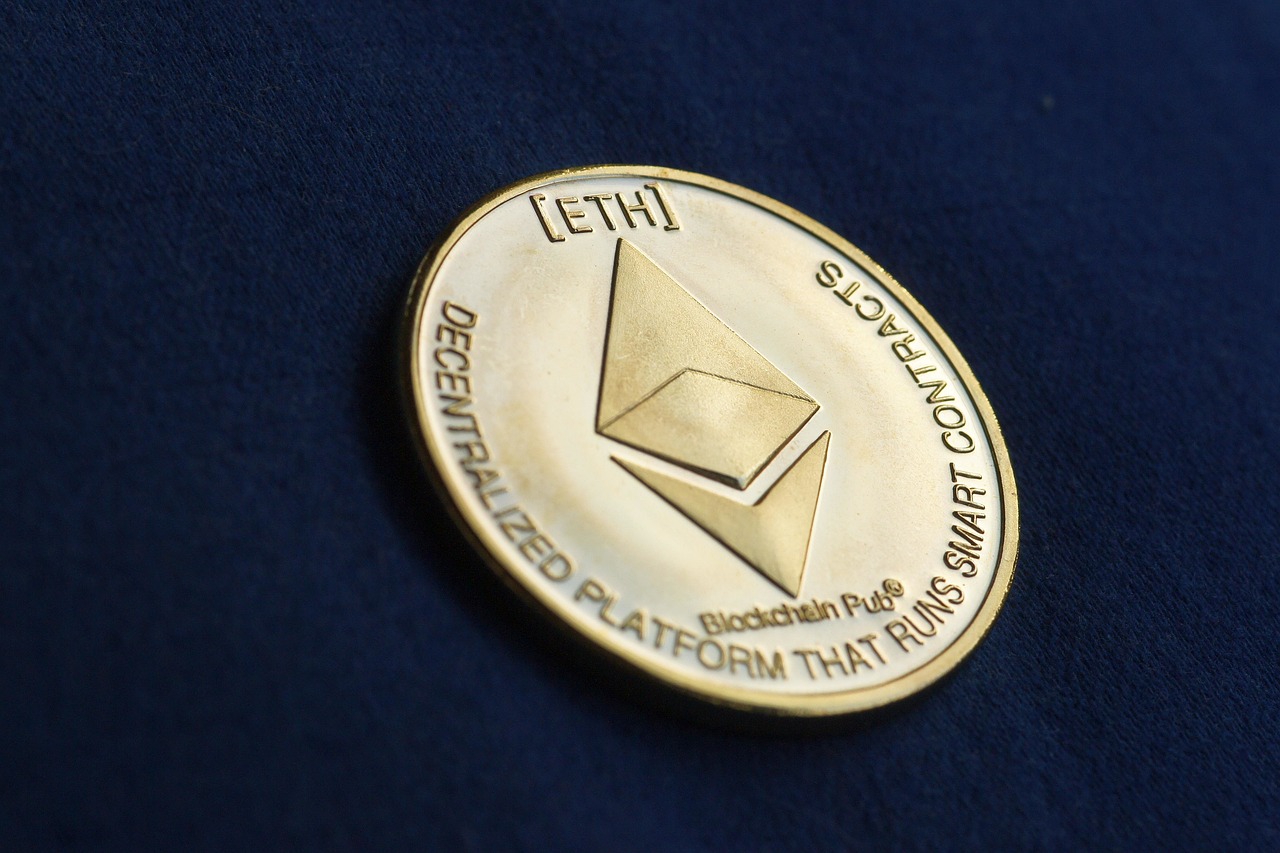The cryptocurrency landscape is a dynamic and ever-evolving space, experiencing waves of innovation and shifting trends that can be challenging to navigate. From the rise of new decentralized finance (DeFi) applications to the increasing adoption of non-fungible tokens (NFTs) and the growing influence of institutional investors, understanding the current trends is crucial for anyone looking to engage with the crypto market, whether as an investor, developer, or simply an informed observer. This article provides a detailed overview of the key crypto trends shaping the industry right now.
Institutional Adoption and Regulatory Clarity
The influx of institutional money and the push for regulatory clarity are two sides of the same coin, both vital for the long-term sustainability and legitimacy of the crypto market.
Increased Institutional Investment
- Examples: Major corporations like Tesla and MicroStrategy have invested heavily in Bitcoin, signaling a growing acceptance of crypto as a legitimate asset class. Investment banks like Goldman Sachs and Morgan Stanley are offering crypto-related services to their clients.
- Data: According to a recent report by Fidelity Digital Assets, over 70% of institutional investors plan to invest in digital assets in the future.
- Impact: Increased institutional investment brings stability and liquidity to the market, potentially reducing volatility and attracting further investment.
- Actionable Takeaway: Keep an eye on institutional holdings and announcements, as they can significantly impact market sentiment and price movements.
The Push for Regulatory Clarity
- Examples: The EU’s Markets in Crypto-Assets (MiCA) regulation aims to provide a comprehensive framework for crypto asset regulation across the European Union. In the US, the SEC is actively pursuing enforcement actions against unregistered crypto offerings.
- Challenges: The lack of clear and consistent regulations across different jurisdictions remains a significant hurdle for the crypto industry.
- Benefits of Regulation: Clear regulations can protect investors, prevent illicit activities, and foster innovation by providing a stable legal environment.
- Actionable Takeaway: Stay informed about regulatory developments in your jurisdiction and globally, as they can significantly impact the legality and feasibility of crypto-related activities.
The Evolution of DeFi
Decentralized Finance (DeFi) continues to evolve beyond its initial promise of providing traditional financial services on the blockchain, branching into new areas and addressing past limitations.
Layer-2 Scaling Solutions
- Problem: Ethereum’s mainnet faces scalability challenges, resulting in high transaction fees (gas fees) and slow transaction times.
- Solution: Layer-2 scaling solutions, such as Optimistic Rollups and ZK-Rollups, process transactions off-chain and bundle them together before submitting them to the main chain, significantly reducing fees and increasing transaction speed.
- Examples: Optimism and Arbitrum are popular Layer-2 solutions for Ethereum.
- Impact: Layer-2 solutions make DeFi more accessible and affordable for a wider range of users.
- Actionable Takeaway: Explore Layer-2 solutions to reduce transaction costs and improve the efficiency of your DeFi activities.
Real-World Asset (RWA) Tokenization
- Concept: Tokenizing real-world assets, such as real estate, commodities, and art, allows them to be fractionalized and traded on blockchain platforms.
- Benefits: Increased liquidity, accessibility, and transparency for traditionally illiquid assets.
- Examples: Platforms like Centrifuge and Maple Finance are facilitating the tokenization of real-world assets.
- Challenges: Legal and regulatory hurdles, valuation challenges, and custody issues.
- Actionable Takeaway: Research platforms that are tokenizing real-world assets and assess the potential risks and rewards.
The NFT Landscape Beyond Collectibles
NFTs are no longer just about digital collectibles; they are finding utility in various industries, from gaming to ticketing to intellectual property management.
Utility NFTs and Membership
- Concept: NFTs that provide access to exclusive content, services, or communities.
- Examples: NFTs that grant access to online courses, exclusive events, or Discord communities.
- Benefits: Creates a stronger sense of community and incentivizes long-term holding.
- Actionable Takeaway: Consider how NFTs can be used to provide utility and build community around your brand or project.
NFTs in Gaming (GameFi)
- Concept: Integrating NFTs into games to allow players to own in-game assets, earn rewards, and participate in decentralized governance.
- Examples: Games like Axie Infinity and The Sandbox.
- Benefits: Players have true ownership of their assets and can earn real money playing games.
- Challenges: Scalability issues, high transaction fees, and regulatory uncertainty.
- Actionable Takeaway: Explore GameFi platforms to understand the potential of NFTs in the gaming industry.
Web3 and the Metaverse
Web3, the next generation of the internet built on blockchain technology, and the metaverse, immersive digital worlds, are intertwined concepts that are shaping the future of online interaction and commerce.
Decentralized Social Media
- Problem: Traditional social media platforms are centralized, giving them control over user data and content moderation policies.
- Solution: Decentralized social media platforms, built on blockchain, give users more control over their data and content.
- Examples: Platforms like Mastodon (federated), Lens Protocol, and Farcaster.
- Challenges: Scalability, user adoption, and content moderation.
- Actionable Takeaway: Explore decentralized social media platforms to experience a more user-centric approach to online interaction.
Metaverse Interoperability
- Concept: Allowing users to seamlessly move their avatars, assets, and identities between different metaverse platforms.
- Challenges: Technical challenges related to standardization and compatibility.
- Benefits: Creates a more cohesive and immersive metaverse experience.
- Examples: Projects working on interoperability standards include the Metaverse Standards Forum.
- Actionable Takeaway: Follow the development of interoperability standards to understand the future of the metaverse.
Conclusion
Staying ahead of the curve in the fast-paced world of cryptocurrency requires continuous learning and adaptation. From the growing institutional adoption and the push for regulatory clarity to the evolution of DeFi, the expanding utility of NFTs, and the development of Web3 and the metaverse, the trends highlighted in this article represent key areas that are shaping the future of the crypto industry. By understanding these trends and actively engaging with the community, you can navigate the crypto landscape with greater confidence and identify new opportunities for innovation and investment.
Read our previous article: SaaS Graveyard: Lessons From Failed Cloud Dreams
For more details, see Investopedia on Cryptocurrency.




